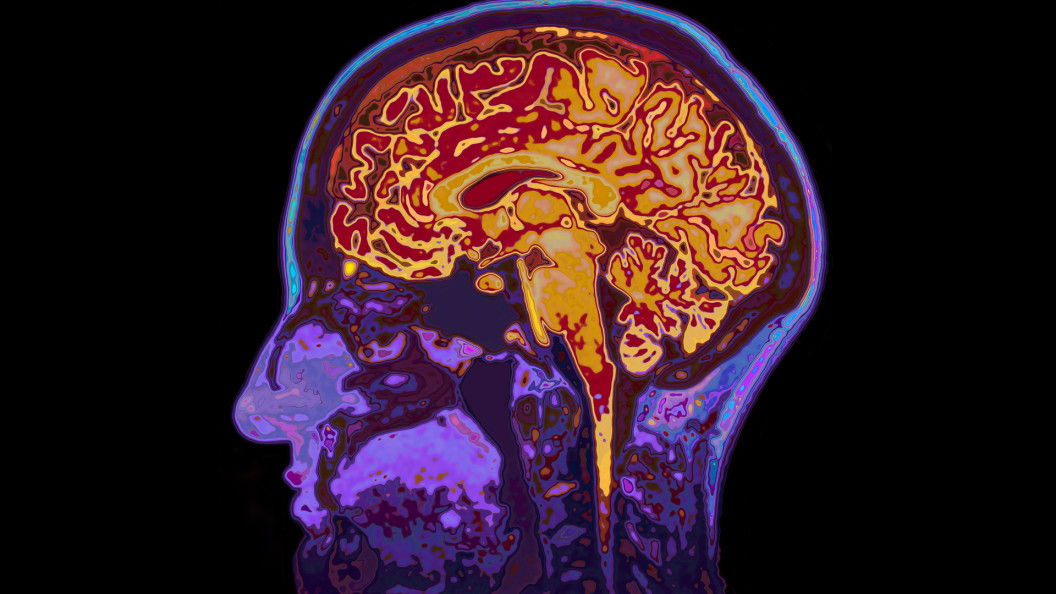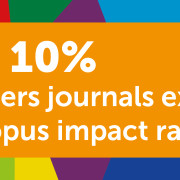- Science News
- Environment
- What does flattery do to our brains? Here are five Frontiers articles you won’t want to miss
What does flattery do to our brains? Here are five Frontiers articles you won’t want to miss
By Deborah Pirchner, Frontiers science writer

Image: Shutterstock.com
At Frontiers, we bring some of the world’s best research to a global audience. But with tens of thousands of articles published each year, it’s impossible to cover all of them. Here are just five amazing papers you may have missed.
What praise and flattery does to our brains
Both sincere praise and flattery are rewarding in different ways, but the various effects of these types of praise are not obvious. Now, researchers from Japan have published an article in Frontiers in Human Neuroscience in which they examined the brain activity of participants who received sincere praise or flattery after performing a visual search task.
Using neuroimaging, the researchers found different effects of praise. The activation of the part of the brain modulating reward and pleasure processing was higher when participants received sincere praise than when they received flattery. The scientists also observed a socio-emotional effect, based on the positive feedback conveyed by praise. Altogether, they found that the neural dynamics of the rewarding and socio-emotional effects of different types of praise differ.
Article link:https://www.frontiersin.org/articles/10.3389/fnhum.2023.985047/full
Fish bone matrix may help heal bone defects
Biocompatibility and osteogenic activity are properties of decalcified bone matrix, which might lend it great potential to be used for repairing bones. Writing in Frontiers in Bioengineering and Biotechnology, a team of Chinese researchers has examined whether structure and efficacy of fish decalcified bone matrix (FDBM) has similar properties.
Using fresh halibut bone as raw material, the scientists degreased, decalcified, dehydrated, and freeze-dried it, analyzed its physicochemical properties, and tested its biocompatibility. Their results showed that FDBM not only has good repair effects on bone defects, but is also biosafe and cell-adhesive. It is cheaper than other related materials such as bovine decalcified bone matrix, simpler to extract and more abundant, making it a promising medical biomaterial for the treatment of bone defects in mammals.
Article link: https://www.frontiersin.org/articles/10.3389/fbioe.2023.1134992/full
On the move: Climate change causes amphibians to seek new habitats
Climate change causes habitat and biodiversity loss, impacting all species. Among them are many amphibian lineages, whose geographical distribution shifts as they seek new habitats in more suitable climates. An international team of researchers have published an article in Frontiers in Ecology and Evolution in which they modelled geographic shifts in distribution and resulting diversity patterns of amphibians worldwide.
Based on species’ traits, including body size, dispersal capacity and evolutionary histories, they found that for nearly half of all amphibian species, survival would only be possible through adaption to new environmental conditions or dispersal to new areas. However, only 25% of species showed potential to adapt, and evolutionary rescue is a possibility open to only 4.2% of them. Dispersal will allow geographic range shifts for 49.7% of species, but only 6.5% may avoid extinction by reaching climatically suitable environments, the researchers wrote.
Article link: https://www.frontiersin.org/articles/10.3389/fevo.2023.1038018/full
Like life: VR setups can technologically mimic reality
Virtual reality (VR) gadgets have become widely used in areas such as entertainment and education. In research, VR has become a popular tool for investigating human behavior and brain functions. Writing in Frontiers in Psychology, researchers from Germany investigated whether VR constitutes an actual form of reality or is more like an advanced simulation.
Using a fire truck, three groups of participants experienced a real-life, a virtual, or a 2D laboratory height exposure. The researcher’s findings showed that modern VR setups using photorealistic 3D-360° experiences fulfill the essential prerequisites for the emergence of a feeling of reality and are mostly indistinguishable on a psychophysiological level. A conventional 2D laboratory setting cannot achieve the same effect.
They also present their findings in a video.
Article link: https://www.frontiersin.org/articles/10.3389/fpsyg.2023.1093014/full
Seeking health information online does not necessarily affect elders’ health anxiety symptoms
The internet is full of medical websites, offering everything from diagnosis to treatment information. These sites are usually the first source for many when seeking health information online. US researchers have published an article in Frontiers in Public Health analyzing the online health information seeking (OHIS) habits of older adults (65 years and up) to examine whether their OHIS correlates with higher anxiety levels.
The scientists analyzed six waves of data from 2015 to 2020. Their findings suggest that for their sample, OHIS does not reduce or exacerbate older adults’ symptoms of anxiety. However, they pointed out that no previous studies examining the relationship between OHIS and anxiety reported the same results, which could be related to the variability of OHIS measures used in each study.
Article link: https://www.frontiersin.org/articles/10.3389/fpubh.2023.1076571/full
REPUBLISHING GUIDELINES: Open access and sharing research is part of Frontiers’ mission. Unless otherwise noted, you can republish articles posted in the Frontiers news site — as long as you include a link back to the original research. Selling the articles is not allowed.







